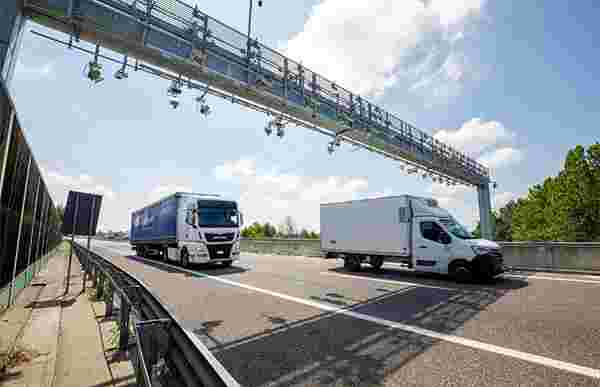As cities grow and vehicle numbers rise, ensuring road safety becomes a top priority. Two of the most transformative technologies in traffic enforcement are red light traffic cameras and automatic license plate recognition systems. These tools not only deter violations but also aid law enforcement in identifying offenders efficiently. Their combined application forms the backbone of modern intelligent transportation systems (ITS).
What Are Red Light Traffic Cameras?
The Basics of Red Light Cameras
Red light traffic cameras are automated systems placed at intersections to detect vehicles that enter the junction after the traffic signal has turned red. These systems utilize high-speed imaging and video analytics to capture violations in real-time.
How They Work
-
A sensor embedded in the road detects a vehicle crossing the stop line after the light turns red.
-
The camera captures multiple images or videos of the vehicle.
-
These images include the license plate, vehicle position, and timestamp.
This automated process significantly reduces the need for physical monitoring while increasing accuracy and consistency in traffic law enforcement.
Understanding Automatic License Plate Recognition (ALPR)
ALPR Explained
Automatic License Plate Recognition (also known as ANPR in some regions) is a technology that reads and stores vehicle license plate data through cameras equipped with optical character recognition (OCR).
Key Functions of ALPR:
-
Captures high-resolution images of license plates.
-
Converts the visual data into digital text.
-
Cross-references plates with law enforcement or toll collection databases.
Real-World Applications
ALPR is widely used in:
-
Toll road systems.
-
Border control and immigration.
-
Parking management.
-
Crime investigation and public safety.
How ALPR Complements Red Light Traffic Cameras
When used together, automatic license plate recognition enhances the effectiveness of red light traffic cameras by:
-
Identifying repeat offenders: ALPR logs license plates, allowing authorities to track vehicles with multiple violations.
-
Speeding up enforcement: Fines can be issued without manual intervention.
-
Improving evidence collection: Combined video and plate data strengthen legal cases and reduce contestation.
Benefits of Smart Traffic Enforcement Systems
Improved Road Safety
Studies show that intersections equipped with red light traffic cameras experience fewer severe collisions. The presence of these cameras discourages reckless driving.
Efficient Traffic Law Enforcement
With ALPR, authorities can:
-
Instantly verify vehicle registration.
-
Catch stolen vehicles or those linked to crimes.
-
Reduce administrative overhead and manual data collection.
Data-Driven Decision Making
These systems generate valuable traffic data, helping city planners and enforcement agencies make informed decisions about road design, traffic flow, and resource allocation.
Challenges and Considerations
While the benefits are substantial, there are also challenges to address:
-
Privacy Concerns: Public surveillance can raise civil liberty questions. Proper data handling and legal frameworks are crucial.
-
System Maintenance: Camera systems must be regularly calibrated and maintained to ensure accuracy.
-
False Positives: Environmental factors like rain, glare, or license plate obstructions may affect performance.
Conclusion
Red light traffic cameras and automatic license plate recognition systems are at the forefront of safer, smarter traffic enforcement. Their integration into urban infrastructure offers a powerful way to reduce violations, protect lives, and streamline law enforcement operations. As these technologies evolve, they will continue to shape the future of mobility and public safety.
Frequently Asked Questions (FAQs)
1. Are red light traffic cameras legal in all states or countries?
Legality varies by region. Some countries or U.S. states permit them, while others require legislative approval or restrict their use.
2. Can ALPR systems recognize dirty or damaged plates?
Advanced ALPR systems use high-definition imaging and machine learning to read plates in various conditions, though accuracy may drop with excessive dirt or damage.
3. How accurate are red light cameras?
Modern red light cameras are highly accurate and include fail-safes such as multiple image captures and video clips to verify violations.
4. Do these technologies work at night or in poor weather?
Yes, most modern systems are equipped with infrared capabilities, allowing them to function effectively in low light and adverse weather.
5. How is my data protected with ALPR systems?
Regulations usually mandate data encryption, storage limits, and access control to ensure privacy. Compliance with data protection laws is essential.




